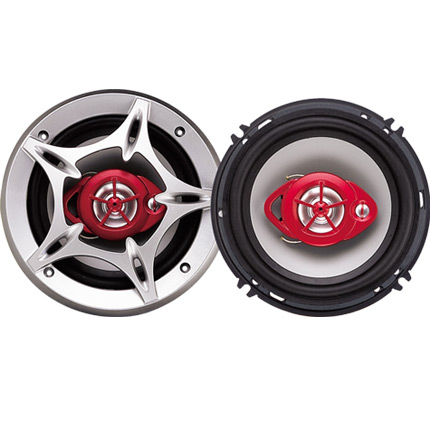Exploring the Benefits of Automatic Shift Linkage in Modern Transmission Systems
Automatic Shift Linkage Revolutionizing Automotive Transmission
In the ever-evolving world of automotive engineering, automatic shift linkage has emerged as a pivotal innovation that significantly enhances the driving experience. This technology not only simplifies the operation of vehicles but also optimizes performance, fuel efficiency, and safety. As we delve into the intricacies of automatic shift linkage, we will explore its functionality, advantages, and the future it holds in the automotive industry.
At its core, automatic shift linkage is a sophisticated mechanism designed to connect the gear lever to the transmission. Unlike manual transmissions, where drivers must operate the clutch and shift gears manually, automatic transmissions use a system of gears and hydraulic processes to shift seamlessly between various speeds. The automatic shift linkage serves as the vital communication line that translates the driver’s intentions—pressing the accelerator or brake—into appropriate gear changes that are executed without any driver input regarding the gears themselves.
One of the most significant benefits of automatic shift linkage is the smoothness it brings to driving. Traditional manual transmissions require significant skill and coordination to operate effectively, often leading to jerky movements, especially for inexperienced drivers. In contrast, the automatic system provides a level of comfort and convenience, allowing drivers to focus more on the road and their surroundings. This ease of operation has made automatic transmissions increasingly popular, particularly in urban settings where stop-and-go traffic is common.
automatic shift linkage

Moreover, automatic shift linkage contributes to enhanced fuel efficiency. Modern automatic transmissions utilize advanced technologies such as continuously variable transmission (CVT) and dual-clutch systems, which can optimize engine performance under varying driving conditions. By facilitating seamless gear shifts and maintaining optimal engine RPM, these systems minimize fuel consumption and reduce emissions, aligning well with global efforts to promote sustainability within the automotive industry.
Safety is another crucial aspect enhanced by automatic shift linkage. With automatic transmission, drivers can keep both hands on the steering wheel, which is vital for maintaining control of the vehicle, especially in emergency situations. Additionally, many automatic systems are equipped with features like hill-start assist and adaptive transmission technology, which can anticipate the driver’s needs and adjust gear changes accordingly. These innovations help mitigate the risk of accidents and ensure a safer driving experience.
As we look toward the future, automatic shift linkage is poised to evolve even further. With the rise of electric vehicles (EVs) and hybrid systems, the integration of automatic transmission technology is becoming more complex and sophisticated. For instance, some EVs employ a single-gear transmission due to their engines' unique torque delivery characteristics, yet they still leverage automatic shift linkage to optimize performance. Manufacturers are continuously researching and developing innovative solutions that promise to enhance driver engagement while streamlining vehicle operation.
In summary, automatic shift linkage represents a significant milestone in the automotive industry, transforming the way vehicles operate and interact with drivers. By providing ease of use, enhancing fuel efficiency, and improving safety, this technology has set a new standard in the driving experience. As advancements continue to be made, the future of automatic shift linkage will likely unveil even more revolutionary features, making driving not only simpler but also more enjoyable for everyone. The ongoing journey toward innovation in automotive technology will undoubtedly keep automatic shift linkage at the forefront of the conversation, ensuring it remains a vital element of modern automobiles.
-
Workings of Clutch Pipe and Hose SystemsNewsJun.04,2025
-
The Inner Workings of Hand Brake Cable SystemsNewsJun.04,2025
-
The Secrets of Throttle and Accelerator CablesNewsJun.04,2025
-
The Hidden Lifeline of Your Transmission Gear Shift CablesNewsJun.04,2025
-
Demystifying Gear Cables and Shift LinkagesNewsJun.04,2025
-
Decoding Clutch Line Systems A Comprehensive GuideNewsJun.04,2025
